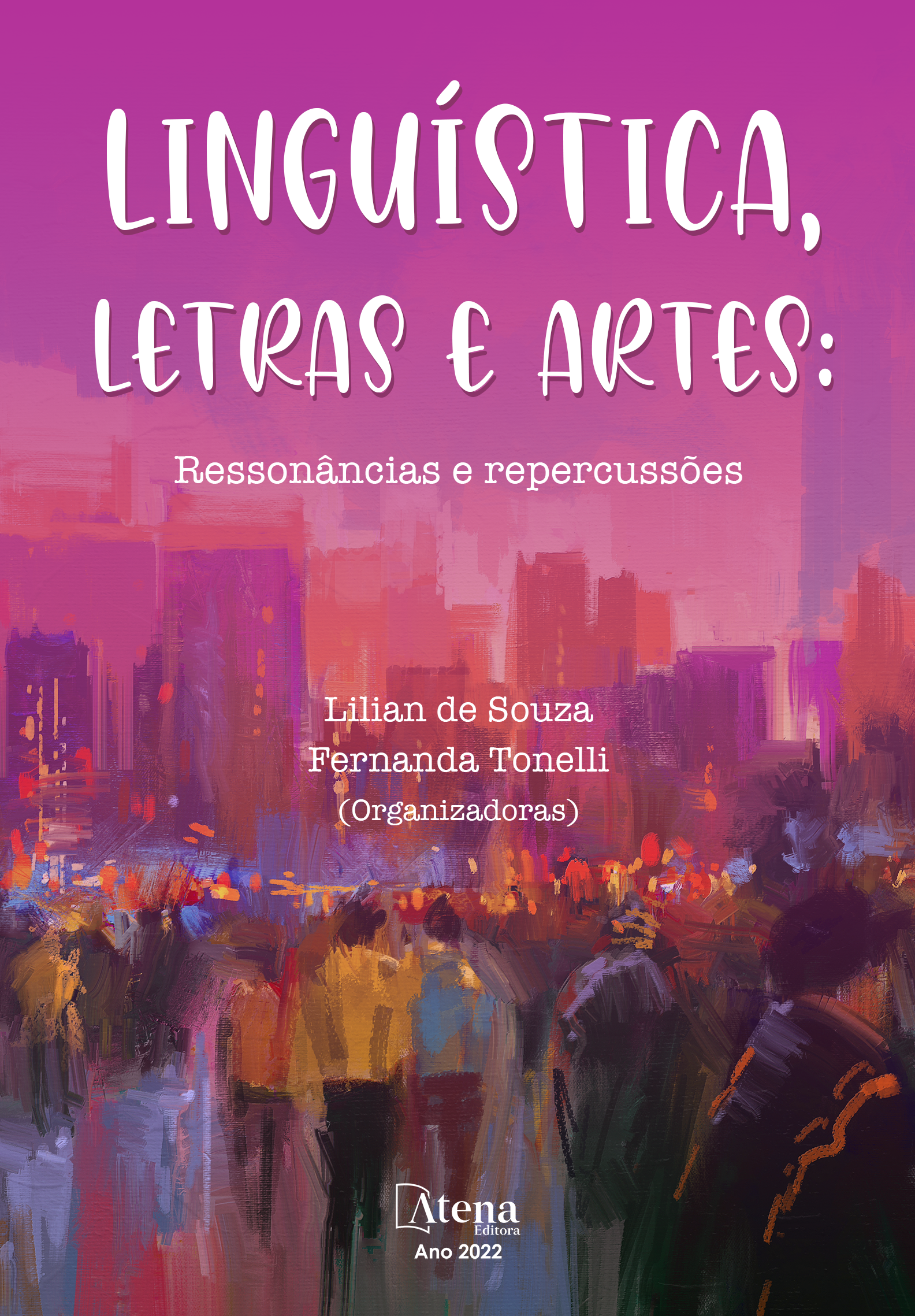
A LINGUAGEM ESTILÍSTICA DA OBRA LITERÁRIA DE EVA FURNARI
Este artigo propõe-se a analisar a morfologia da linguagem artesanal utilizada pela autora de livros infantis e ilustradora, Eva Furnari, do ponto de vista sincrônico. Assim como os traços de seus desenhos, a linguagem usada nos livros da escritora tem características próprias, com finalidade estética; texto e imagens se mesclam e se integram ao longo de todo o enredo. Primordialmente, a relevância do tema da pesquisa para o âmbito da Língua Portuguesa dá-se pela importância de Furnari, autora de mais de 60 obras e agraciada com vários prêmios literários. Por conseguinte, o objetivo desta pesquisa é descrever a principal tendência na formação de palavras da autora e descobrir se segue um padrão de produtividade na língua portuguesa. A investigação levanta a hipótese de que os neologismos de Furnari, salvo exceções, utilizam estruturas morfológicas pré-existentes - ainda que combinadas de forma não tradicional-, portanto, costumam ser transparentes para o leitor. Entende-se, acima de tudo, que a linguagem utilizada pela literata é uma criação artística e que ela oferece a seus leitores com essa sua inventividade linguística muito mais do que uma história de ficção infantil: agrega humor e entusiasmo a seus textos, trazendo uma gama de possibilidade para o leitor pensar a língua de forma criativa. Esta análise morfológica baseia-se principalmente nas teorias de Alves (1990), Sandmann (1991; 1992), Basilio (1987; 2004); Lima (2018) e Rocha (1998), e a análise fonológica complementar em Câmara Jr (1970).
A LINGUAGEM ESTILÍSTICA DA OBRA LITERÁRIA DE EVA FURNARI
-
DOI: 10.22533/at.ed.57222170512
-
Palavras-chave: Morfologia lexical. Neologismos. Competência lexical do falante. Literatura infantil.
-
Keywords: Lexical morphology. Neologisms. Lexical competence of the speaker. Children's literature.
-
Abstract:
This paper proposes to analyze the morphology of the artisanal language used by the children's book author and illustrator, Eva Furnari, from a synchronic point of view. Like the strokes of her drawings, the language used in the writer's books has its own characteristics, with an aesthetic purpose; text and images blend and integrate throughout the plot. The relevance of this research topic to the Portuguese Language field is due to the importance of Furnari, the author of more than 60 books and winner of several literary awards. Therefore, the goal of this research is to describe the author's main tendency in word formation and to find out whether it follows a pattern of productivity in the Portuguese language. The research raises the hypothesis that Furnari's neologisms, with some exceptions, use pre-existing morphological structures - even if combined in a non-traditional way -, therefore, they are usually transparent to the reader. It is understood, above all, that the language used by the writer is an artistic creation and that she offers her readers with her linguistic inventiveness much more than a children's fiction story: she adds humor and enthusiasm to her texts, bringing a range of possibilities for the reader to think about language in a creative way. This morphological analysis is based mainly on the theories of Alves (1990), Sandmann (1991; 1992), Basilio (1987; 2004); Lima (2018) and Rocha (1998), and the complementary phonological analysis on Câmara Jr (1970).
-
Número de páginas: 13
- Cristina Yukie Miyaki
- Micheli Cristiana Ribas Camargo


